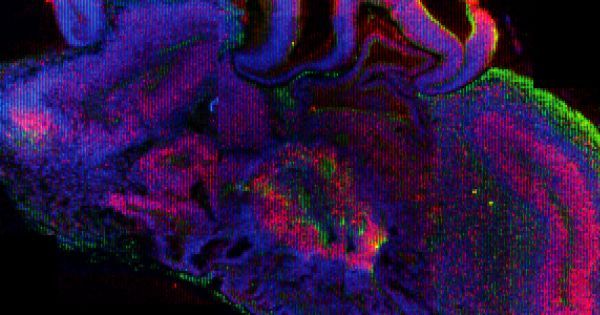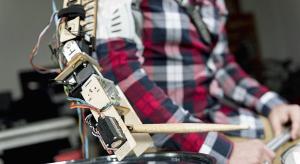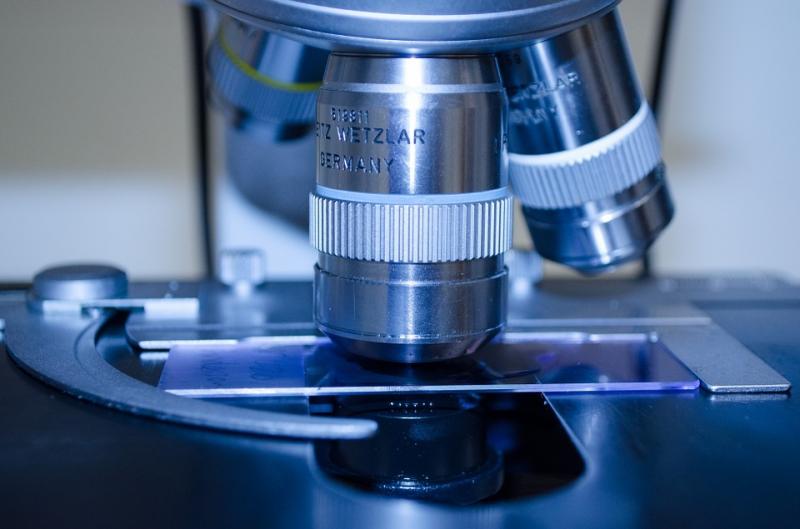Feb 18, 2016
Cyber Threat Information Sharing Guidelines Released
Posted by Karen Hurst in categories: cybercrime/malcode, law
Finally; it’s a start at least.
This week, the Federal government took the first steps toward implementation of the The Cybersecurity Information Sharing Act (CISA), enacted into law last December. CISA aims to encourage sharing of cyber threat indicators and defensive measures among private companies and between the private sector and the Federal government by providing liability protection for sharing such information in accordance with the Act. The DHS Federal Register notice was published this morning here.
As required by the Act, the government has released four pieces of guidance designed to assist companies and Federal agencies with respect to sharing, receiving and handling cyber threat information.

















